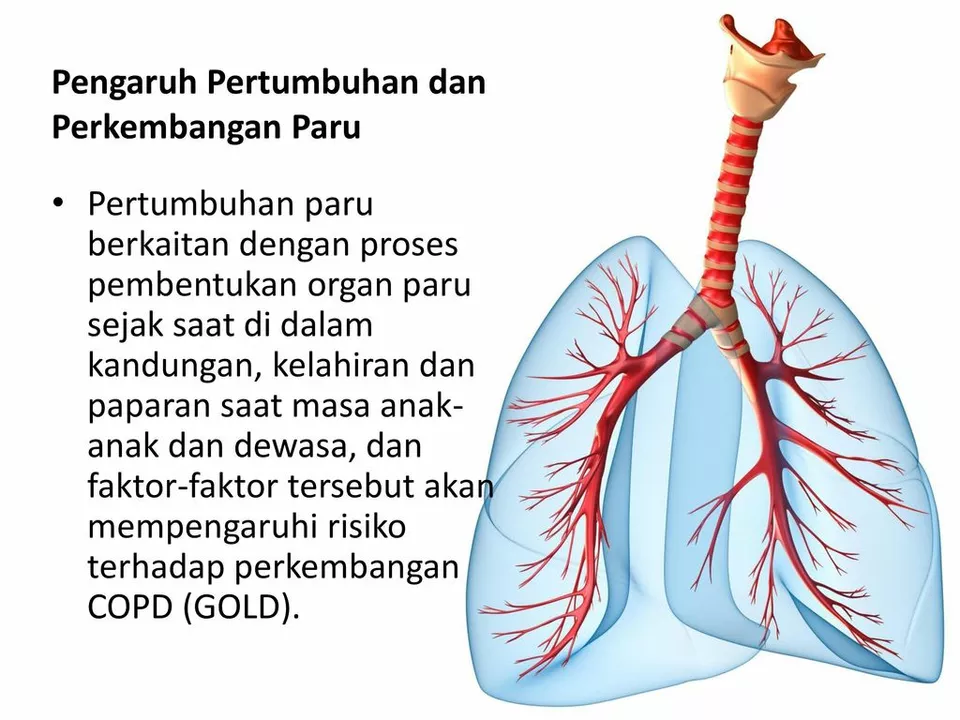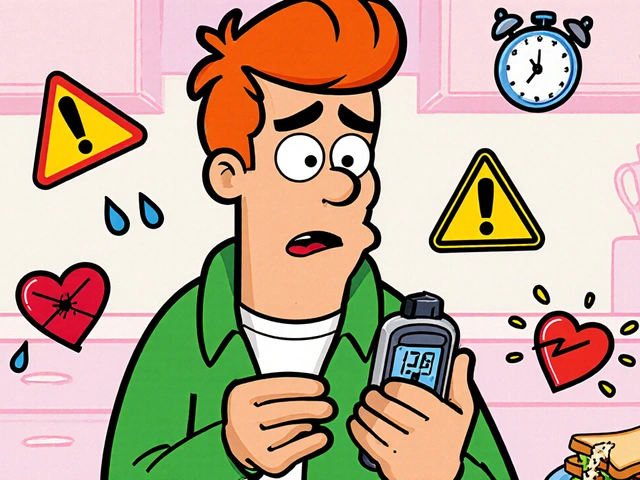Inhaler medication: what you really need to know
Most people carry an inhaler and assume they know how it works. The truth? Small mistakes with technique, timing, or choice of drug change how well an inhaler helps you. This page pulls together easy, useful facts so you can treat attacks faster, breathe easier during exercise, and avoid common problems.
Types of inhalers and what they do
There are two main roles: rescue inhalers and maintenance inhalers. Rescue inhalers (like albuterol — brand name Ventolin) open airways fast when you’re wheezy. Maintenance inhalers usually contain steroids or long-acting bronchodilators and reduce inflammation over weeks. Some inhalers combine both functions in a specific schedule.
Ventolin is a racemic albuterol widely used for quick relief. Levalbuterol is the R-isomer and can cause fewer jitters or heart palpitations for some people, but it’s often pricier. Our Ventolin vs Levalbuterol article explains the clinical trade-offs and who might prefer one over the other.
If exercise brings on your asthma, you don’t always have to rely only on a rescue inhaler. Practical warm-up routines, cromolyn in some cases, and other preventive steps can cut attacks. We cover real-life strategies that help athletes and casual exercisers stay active without constant Ventolin use.
How to get the most from your inhaler
Technique matters more than brand. For a press-and-breathe inhaler: shake if the label says so, exhale fully, press the canister as you start a slow, deep breath, then hold that breath for 5–10 seconds. If you cough or taste medicine in your mouth, your timing was off—try again calmly.
Use a spacer if you have trouble coordinating the press-and-breathe motion. Spacers increase medicine delivery to the lungs and cut down on throat irritation. With steroid inhalers, rinse your mouth after use to reduce the risk of oral thrush.
Store inhalers somewhere cool and dry; check expiry dates and prime new or unused inhalers per the instructions. If an inhaler feels empty or gives fewer sprays, don’t risk it—replace it. For life-threatening attacks, follow your action plan and seek emergency care if you don’t improve after the recommended doses.
Side effects vary: short-acting bronchodilators can cause tremor, increased heart rate, or nervousness. Long-term steroid inhalers may slightly raise the risk of oral thrush or hoarseness if you skip rinsing. Talk to your prescriber if side effects bother you—there are often alternatives or simple fixes.
Picking an inhaler comes down to symptoms, cost, and how your body reacts. If you’ve been prescribed a specific brand but feel side effects or poor control, ask your clinician about switching. We have deeper articles on choosing alternatives and when antibiotics or other meds might matter in related lung issues.
Want step-by-step videos or a quick checklist to bring to your next appointment? Check our related posts on inhaler comparisons and practical tips so you leave the clinic with an inhaler plan that actually works for you.





